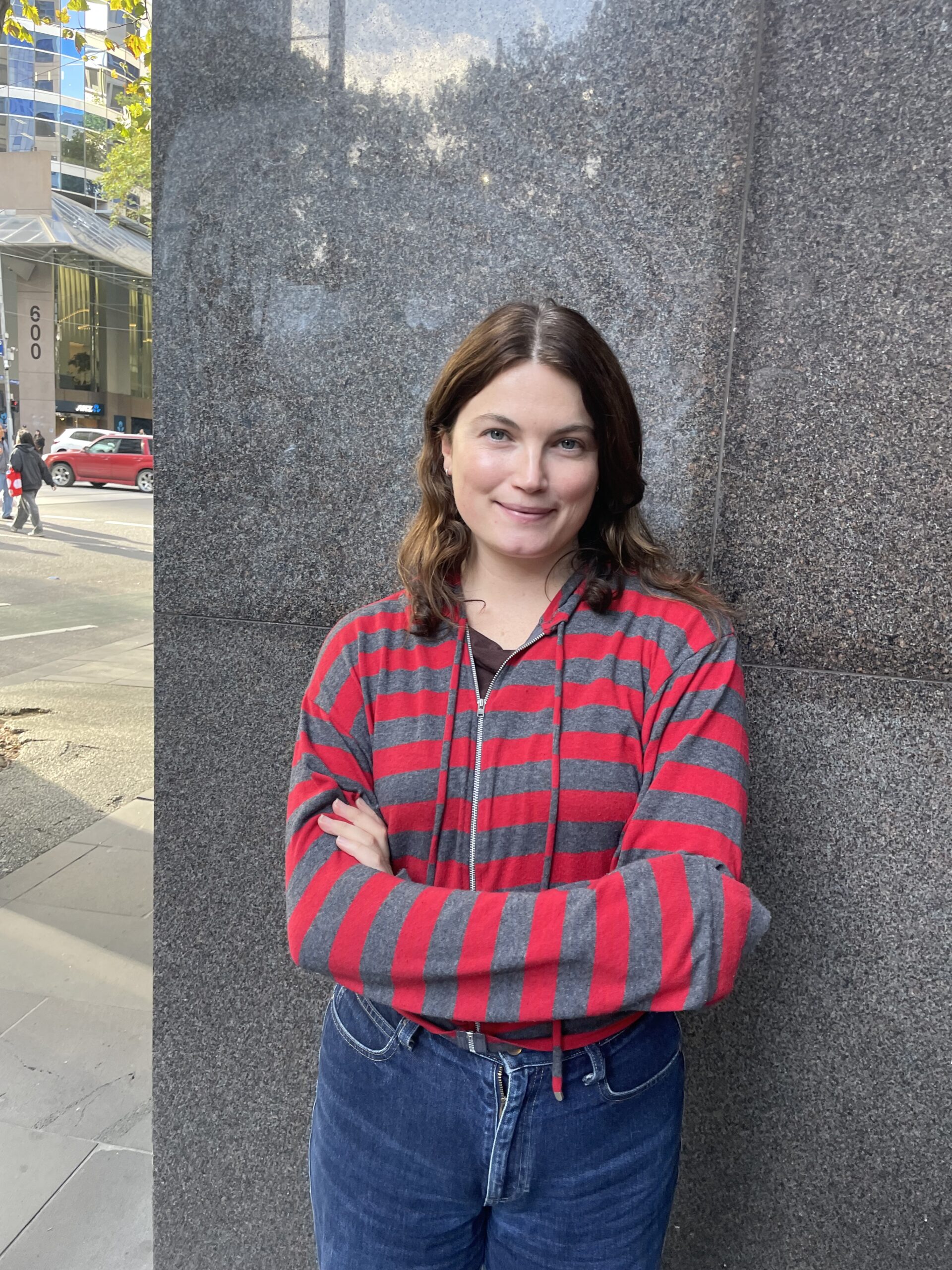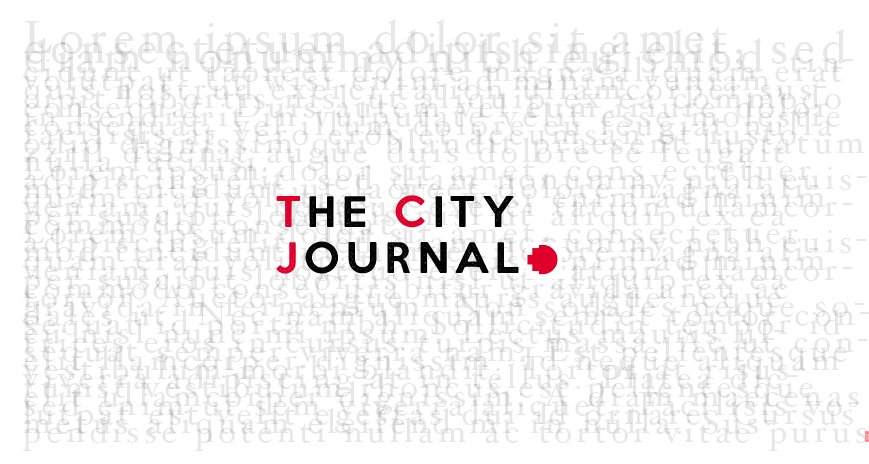
In a media landscape saturated with crises and conflict, public trust in journalism is faltering. Across Australia, news fatigue is rising, especially among younger audiences. But an emerging movement – constructive journalism – offers an alternative.
The model, developed by Danish journalist Ulrik Haagerup, reframes news reporting by not only highlighting societal problems, but also examining responses to them. It does not ignore failures or injustice – instead, it seeks to expand the narrative by including evidence-based pathways forward.
The approach is beginning to take hold in Australia through individual stories and limited initiatives, but it is not yet widespread. The ABC has trialled constructive reporting, and Monash University has recently established the Constructive Institute Asia Pacific Hub to promote its development. However, it remains an emerging idea rather than an industry norm.
The case for its growth is compelling. The Digital News Report: Australia 2024 reports more Australians are actively avoiding the news, particularly younger audiences, due to emotional exhaustion, perceived bias, or lack of relevance.
This growing disengagement has been linked to how issues are framed. Take youth crime. While recent articles report a sharp rise in retail thefts among young people since late 2023, few explore its systemic causes, such as cost-of-living pressures. In failing to provide this context, the media risks locating the issue in the individual characteristics of young people who are ‘bad eggs’, rather than in the socioeconomic factors that precipitate them turning to theft in the first place.
The policy implications of misrepresenting an issue in this way can be enormous, enabling the Victorian Government to posit punitive bail laws as the answer to the ‘youth crime wave’, rather than further cost of living relief for young and vulnerable people.
Education reporting follows a similar pattern. Commentary from some columinsts takes aim at the national curriculum and “woke” teaching methods for falling NAPLAN scores.
But recent reporting by The Guardian shows that Victorian schools implementing synthetic phonics have seen substantial gains in early reading, with some Prep cohorts recording 80 per cent success rates. Students from non-English-speaking backgrounds are also outperforming their peers – challenging narratives of overall decline.
Meanwhile, University of Melbourne academic Sandra Milligan has warned that the testing regime itself may be distorting learning, by over-emphasising measurable outcomes at the expense of deeper cognitive skills.
These examples illustrate the limits of conventional news framing. Without context or attention to emerging solutions, coverage risks feeding pessimism, political inertia and band-aid policy solutions that fail to treat the root causes of societal issues.
Constructive journalism responds to this by applying the core journalistic standards of accuracy, accountability, and scepticism to both problems and responses. The goal is not to promote quick fixes or sanitise coverage, but to provide a fuller picture of what is being tried, by whom, and with what results.
Early examples in Australia include the ABC’s story on stormwater, which examined how flood-prone areas are repurposing stormwater infrastructure to increase drought resilience. Rather than prescribing outcomes, the story highlighted practical efforts by scientists and communities, while acknowledging challenges.
Internationally, The Guardian’s “Dining Across the Divide” and The New York Times’ “Fixes” column have pioneered similar work, examining everything from criminal justice reform to affordable housing models. These reports are often cited as evidence that constructive journalism can engage audiences without compromising editorial rigour.
Mark Rice-Oxley, the editor behind The Guardian’s now-retired Upside column, described the philosophy as a way of broadening journalism’s social impact. “The media must recognise it shapes the world we live in, as well as reflecting it… When we report progress, more progress ensues. What better way to change the world?” he wrote in a 2021 retrospective.
Wagemans highlights the challenges constructive journalism poses to traditional journalistic norms and role conceptions, particularly the tension between activism and neutrality. Others caution that it may be mistaken for public relations or “solutionism” – offering simplistic answers to complex problems without sufficient scrutiny.
Aitamurto and Varma similarly argue that by actively aiming to improve society, constructive journalism risks drifting into advocacy, potentially blurring the line between critical reporting and campaigning.
Advocates counter that these risks are not inherent to the model but reflect poor execution. Constructive journalism, they argue, demands more – not less – rigour: identifying credible evidence, exposing false solutions, and asking tough questions of both problems and responses.
Done well, constructive journalism deepens public understanding and maintains journalistic independence. Far from replacing critical reporting, it expands its scope, offering a broader lens through which to assess social challenges and possible paths forward.
And in a period of growing disinformation and public disengagement, that may be its greatest strength.







